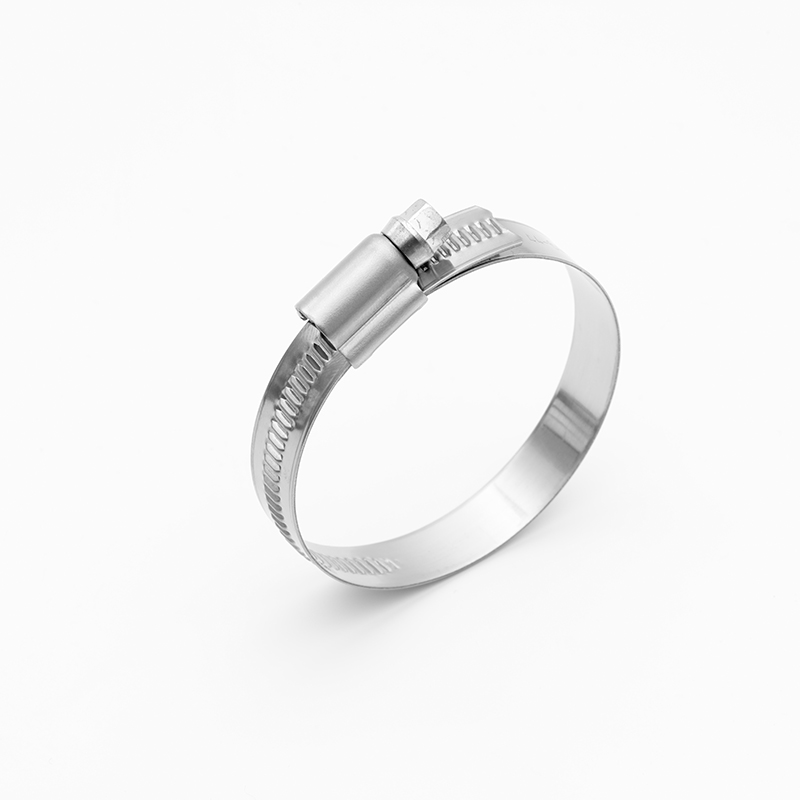Hose clamps are an important component when it comes to securing hoses in a variety of applications. Whether you're working on plumbing, auto repair, or industrial machinery, choosing the right hose clamp is crucial to ensuring a safe, leak-free connection. With a variety of options on the market, choosing the best hose clamp for your specific needs can be a daunting task. In this ultimate guide, we’ll explore the different types of hose clamps and their functions, and provide valuable insights to help you make an informed decision.
Types of hose clamps
1. Worm gear clamp: Also called a spiral clamp, this is the most common type of hose clamp. They feature a stainless steel band with a screw mechanism that tightens around the hose when turned. Worm gear clamps are versatile and suitable for a variety of applications.
2. T-Bolt Clamps: These clamps are designed for high-pressure applications and are typically used in automotive and industrial environments. They feature a strong T-bolt mechanism for safe and even clamping force.
3. Spring Clamps: Also known as wire clamps, these clamps are designed for low pressure applications. Their spring-like design provides constant tension to the hose, making them ideal for automotive fuel lines and vacuum hoses.
4. German-style hose clamps: German-style hose clamps are known for their sturdy structure, made of high-quality stainless steel, and have a unique screw housing design to enhance clamping force.
Factors to consider when choosing a hose clamp
1. Material: clamp hose stainless steel are the most popular choice due to their corrosion resistance and durability. However, for certain applications such as the automotive industry, where heat and chemical resistance are critical, choosing clamps made of materials such as silicone or PTFE may be more appropriate.
2. Size: Choosing the correct size clamp is critical to ensuring a correct and secure fit. Measure the hose diameter and select a clamp that matches the size to prevent leaks and ensure a tight seal.
3. Application: Consider the specific application and environmental conditions of the hose clamp. For example, in high-temperature environments, selecting heat-resistant fixtures is critical to preventing deterioration and ensuring long-term reliability.
4. Easy to install: Look for easy-to-install hose clamps that provide a secure, tight grip without the need for special tools.
5. Quality and Reliability: Invest in high-quality hose clamps from reputable manufacturers to ensure reliability and longevity, especially in critical applications where failure is not an option.

Clamp hose stainless steel
When it comes to stainless steel hose clamps, the quality of the material and the design of the hose clamp are key factors to consider. Clamp hose stainless steel offer excellent corrosion resistance and are suitable for a variety of applications including marine, automotive and industrial uses. Look for clamps with smooth strap edges to prevent damage to the hose and provide a secure and even clamping force.
In summary, choosing the hose clamp that best suits your needs requires careful consideration of the hose clamp type, material, size, application, and quality. By understanding these factors and evaluating your specific requirements, you can make an informed decision and ensure your hose connections are reliable and leak-free. Whether you need a clamp hose clip for plumbing work or a German style hose clamp for industrial machinery, following this ultimate guide will help you choose the right hose clamp for the job.
Post time: Sep-11-2024

